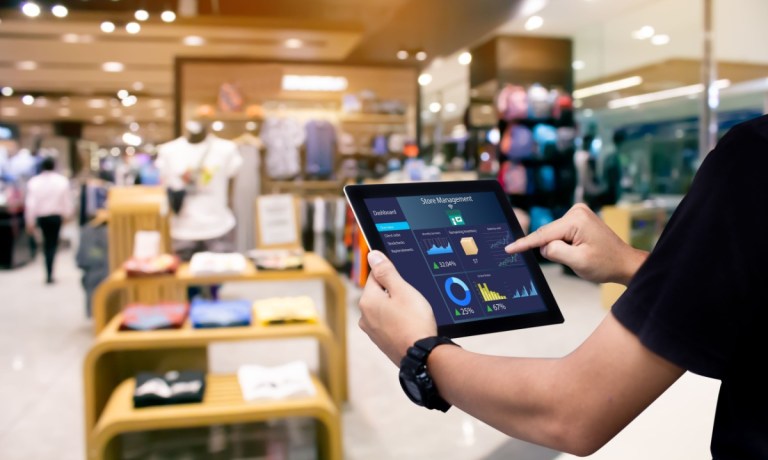
Retail inventories climbed in February after being flat the prior month.
According to the Commerce Department’s Monthly Retail Trade and Food Services report released Monday (April 15), inventories rose 0.6% month over month to $808.7 billion.
The news follows last week’s release showing U.S. wholesale inventories climbing 0.5% in February compared with January. Both increases were in line with economist expectations, with the rebound suggesting that these stocks could contribute to economic growth in this quarter.
And it came the same day that that the Commerce Department released data showing retail sales accelerating from February to March, a sign — as PYMNTS wrote — “that, generally speaking, consumer spending still can overcome the pressures of inflation.”
However, the data also offers more insight into where consumers and are and aren’t spending as the warmer months arrive.
The headline numbers released Monday show retail sales were up 0.7% month over month, considerably higher than the 0.3% consensus estimate.
“And given the fact that consumer prices increased 0.4% in the same month, the read across is that customers are filling their baskets with more items,” PYMNTS wrote.
However, that report added, the surge isn’t universal, with recent bank earnings by JPMorgan and Citigroup showing that lower-income and lower-FICO-scored consumers are feeling pinched at the cash register, with credit trends normalizing and charge-offs and delinquencies increasing.
The report showed non-store sales — meaning online sales — up 2.7%, with miscellaneous stores up 2.1%.
“As for the categories that saw some slippage, they were primarily in what we might term ‘leisure’ or discretionary items — the goods that might be the ones we get as we get ready to be out and about as winter fades,” PYMNTS wrote.
Spending at sporting goods, hobbies, musical instruments and books fell by 1.8% month over month, the data showed, while sales at clothing retailers were off 1.6%, and electronics and appliances retailers reported a 1.2% drop. Food services and drinking places — restaurants and bars — saw a 0.4% increase.
“It seems to be the case, then, that the nonessential categories of spending are seeing a bit of a pause, likely as they grapple with credit card debt,” PYMNTS wrote.